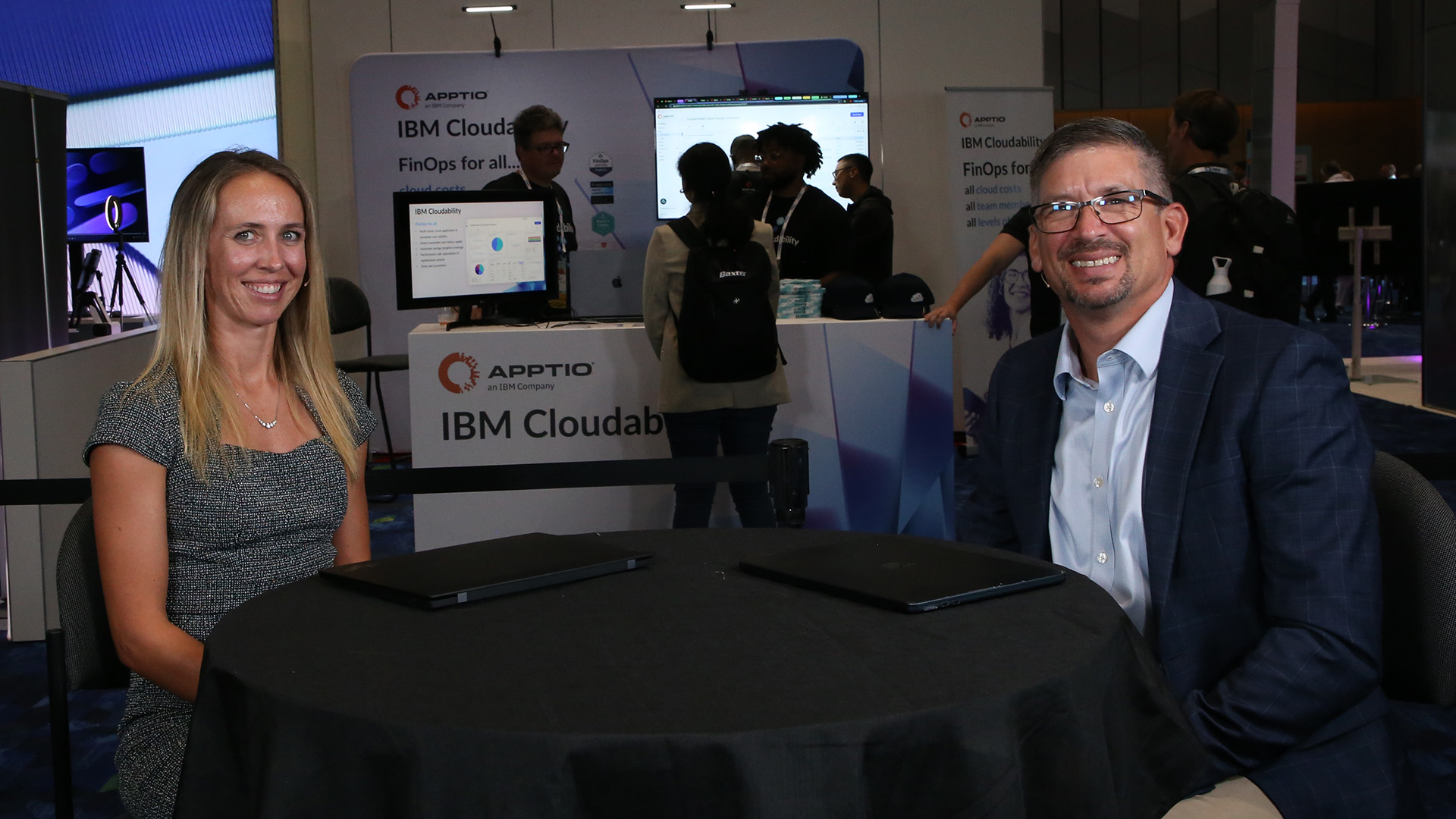 AI
AI
 AI
AI
 AI
AI
In a landscape where speed, visibility and automation drive competitive advantage, open-source observability is becoming a foundational element of modern enterprise infrastructure.
As digital complexity grows, so does the need for actionable insights that not only monitor but also inform and automate intelligent systems. Enterprise leaders are shifting focus from fragmented tooling to unified observability frameworks, emphasizing transparency, governance and real-time control. With artificial intelligence integration accelerating, observability is no longer about dashboards — it’s about enabling agents, humans and systems to make smarter decisions in the moment, according to Samantha Weston (pictured, left), industry analyst, application development and modernization at theCUBE Research.

TheCUBE on site at the Open Source Summit.
“The one thing that really stood out to me, and that I’m sure everybody would agree is the actionable insight, is that is the goal of observability is to understand what’s happening so that we can action it, we can make it better, we can do something with it,” Weston said.
Weston and Paul Nashawaty (right), principal analyst, application development and modernization, cloud-native at theCUBE Research, spoke as a part of the keynote analysis at Open Source Summit North America, during an exclusive broadcast on theCUBE, SiliconANGLE Media’s livestreaming studio. They discussed how open-source observability is evolving into a strategic enabler for AI-driven automation, unifying fragmented tools to deliver actionable insights and support intelligent, agentic systems across modern enterprise environments. (* Disclosure below.)
Organizations today rely on a growing constellation of tools to manage observability — between six to fifteen in most cases. That sprawl is creating inefficiencies, driving up costs and making it harder to act on telemetry data in real time. Unified observability platforms are emerging as critical infrastructure and open-source standards such as OTEL are leading the charge, according to Nashawaty.
“We were seeing in our research that there’s over six to 15 different tools being used to manage observability across organizations,” he said. “This is 75% of respondents indicated that. In 2025 alone, 54% of those same respondents indicated that they want to unify for a unified view.”
This shift toward unification isn’t just a technical decision — it’s a strategic one. With AI models becoming more embedded in workflows, having consistent, trusted visibility across the software delivery lifecycle is essential. Observability, when tied to agentic models and automation, enables intelligent systems to not only identify issues, but also resolve them with minimal human intervention.
“Now organizations are looking at things like tracing and APM, application performance management and network performance management, NPM and understanding what all this means across the environment,” Nashawaty explained. “When you start bundling in the metrics around MELT [Metrics, Events, Logs and Traces] and such into what you’re trying to achieve, you have to have actionable insights in order to make your CI/CD pipeline as well as your DevSecOps teams understand what’s happening.”
Open-source observability also supports the rise of agentic systems by supplying the real-time feedback loops needed to trigger autonomous actions. However, human oversight remains critical in this transitional phase, according to Nashawaty.
“With new agent models that are being deployed and put into observability, those actionable insights are now being taken by the agent,” he noted. “I still believe we need a human in the loop at this point. For right now, let’s make sure things are working. It won’t be long before the human is out of the loop, but for right now, a human in the loop is important.”
Here’s the complete video interview, part of SiliconANGLE’s and theCUBE’s coverage of Open Source Summit:
(* Disclosure: TheCUBE is a paid media partner for the Open Source Summit. Neither the Cloud Native Computing Foundation, the sponsor of theCUBE’s event coverage, nor other sponsors have editorial control over content on theCUBE or SiliconANGLE.)
Support our mission to keep content open and free by engaging with theCUBE community. Join theCUBE’s Alumni Trust Network, where technology leaders connect, share intelligence and create opportunities.
Founded by tech visionaries John Furrier and Dave Vellante, SiliconANGLE Media has built a dynamic ecosystem of industry-leading digital media brands that reach 15+ million elite tech professionals. Our new proprietary theCUBE AI Video Cloud is breaking ground in audience interaction, leveraging theCUBEai.com neural network to help technology companies make data-driven decisions and stay at the forefront of industry conversations.